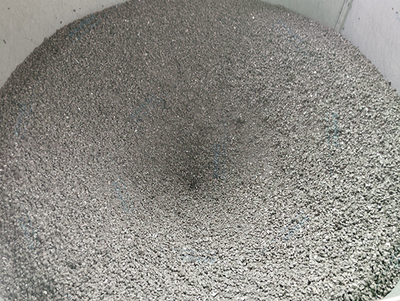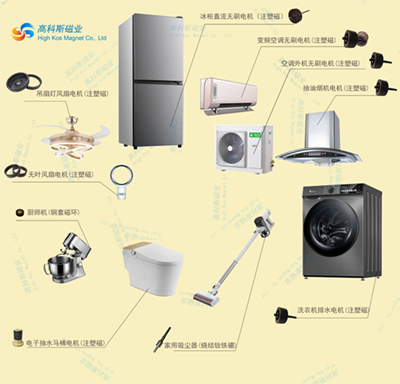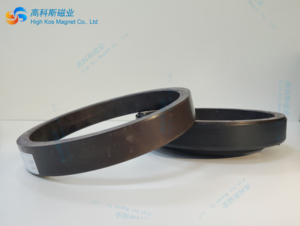Fundamentals of Magnetism - Magnetostatic Phenomena
magnetic moment
Magnetic moment is one of the core concepts in statics, used to describe the behavior of current loops or magnetic objects in a magnetic field:
1. Definition of magnetic moment
Formula: For a planar current loop, the magnitude of the magnetic moment m is the product of the current I and the loop area A, and the direction is
determined by the right-hand rule:
M=I · A, where the direction of A is perpendicular to the plane of the loop.
Unit: Ampere per square meter (A · m ²).
Source: In addition to the current loop, the orbital motion and spin of microscopic particles (such as electrons) also generate magnetic moments.
2. The behavior of magnetic moment in an external magnetic field
Torque: When the magnetic moment is placed in the external magnetic field B, the torque received is:
T=m×B
This torque causes the magnetic moment to turn in the same direction as the external magnetic field.
Potential energy: The potential energy of a magnetic moment is determined by the relative direction of the magnetic moment and the magnetic field
U=-m·B
When the magnetic moment is aligned with the direction of the magnetic field, the potential energy is the lowest; Conversely, the highest.
3. Forces in non-uniform magnetic fields
The expression of force: In a non-uniform magnetic field, the force exerted on the magnetic moment is:
F=∇(m·B)
If the magnetic field is irrotational (∇× B=0), it is simplified as:
F=(m·∇)B
The magnetic moment tends to move towards the direction of magnetic field enhancement
(when m is in the same direction as B).
4. Magnetic field generated by magnetic moment
Dipole field approximation: At a distance, the magnetic field generated by the magnetic moment is equivalent to the magnetic
field of a magnetic dipole
Where r ^ is the position unit vector and r is the distance.
5. Magnetic moment and material magnetism
Magnetization intensity: The magnetism of a substance is described by the magnetic moment per unit volume (magnetization
intensity M). The total magnetic moment is the volume integral:
Magnetic field relationship: The magnetic field in matter satisfies
Where H is the magnetic field strength.
6. Application and Extension
Angular momentum correlation: In classical theory, the magnetic moment of a rotating charged body is correlated with
angular momentum L
In quantum mechanics, the demagnetization ratio factor of the electron spin magnetic moment is 2.
Experimental measurement: The magnetic moment can be measured by the force or vibration frequency in a
non-uniform magnetic field.
summarize
Magnetic moment is the key to understanding the phenomenon of static magnetism, and its torque, potential energy, and
force behavior in an external magnetic field explain the macroscopic phenomena of magnetic materials, such as magnetization
Hysteresis). Microscopic magnetic moments (such as electron spin) lay the foundation of material magnetism, including
paramagnetism, ferromagnetism, and so on. Master the magnetic dipole field model
And the interaction with magnetic fields is the starting point for analyzing complex magnetic problems.




